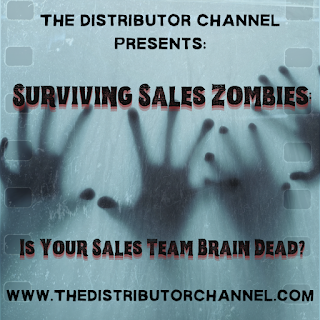Frank's Chat with Santa

Frank’s Chat with Santa Everyone is busy this time of year, but Santa and his North Pole Industries team feel the most pressure. I knew Mr. Claus would be very busy, but I needed to talk to him. Using the “Dialing for Dollars” process outlined in my latest book, The New Sales Guy Project, I decided to make a call. I only had North Pole Industries' address – no phone number and no email. Oh well, time to practice what I preach on getting hold of people. I jumped over to Google and searched for a direct number for Santa Claus. My search results were many, so I tightened up the search by adding “Santa Claus” and “phone number”. Hidden in the first three results was a mention of his number (605-313-4000 don’t believe me give it a ring). Entering the number, I ended up with, you guessed it, voice mail. I left this message: “Santa this is Frank Hurtte of River Heights Consulting. You probably remember that we spoke briefly about th...











